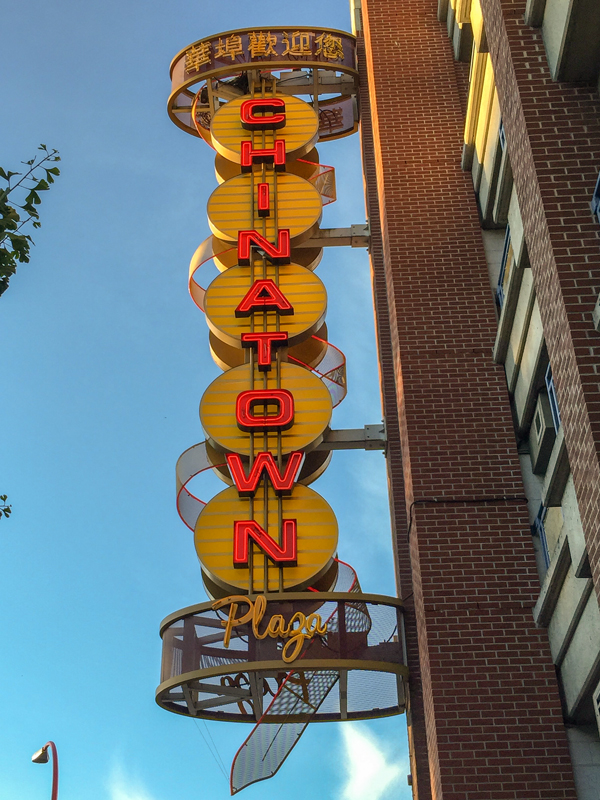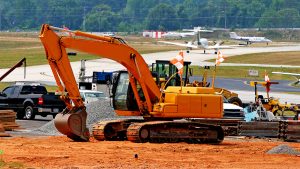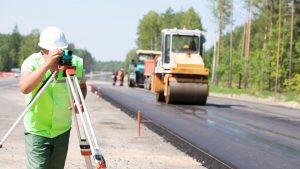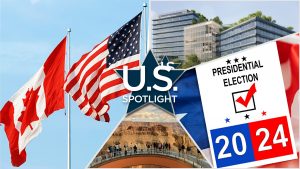The City of Vancouver is aiming to better fit development into one of its most historic neighbourhoods.
On June 5, the Planning, Urban Design and Sustainability Department presented a report to Vancouver City Council that detailed guidelines and policies to preserve the character of Chinatown while still encouraging development within new parameters.
The proposed recommendations in the report include no longer considering tall and wide buildings for the area, a chief cause of concern expressed by the community.
Buildings would be considered under the base zoning height of up to 75 feet on Pender Street and up to 90 feet in Chinatown South. There would also be limits to the maximum density and number of storeys, and new buildings would be smaller, built on narrow lots and feature smaller storefronts to better fit in with the existing character of the area.
“Concerns have been raised about the scale of development and the pace of change has been accumulating since 2011,” said Vancouver senior planner Helen Ma.

The main concern was that rezoning allowed developments to exceed current building heights.
“We’re recommending that we no longer have overly tall buildings in Chinatown,” she said. “We still want development to take place, but in a way that fits with Chinatown’s character.
“It’s really working on the ‘intangible’ character of the neighbourhood, such as signage or what kind of businesses are moving onto the ground floor.”
The proposed changes will still allow new buildings, Ma said, but the city also plans to revitalize key heritage buildings called “society buildings” that date back to the beginning of Chinatown.
The city is also forming a “Chinatown transformation team” to prepare a long-term cultural preservation plan, encourage economic development, redesign the Memorial Square area, which commemorates Chinese-Canadian soldiers and labourers, and explore the possibility of applying for UNESCO world heritage site status for the neighbourhood.
“These are positive developments and we’re happy that the new zoning policy is going forward. Is it perfect? It’s not perfect, more can be done about places of assembly and affordable housing for the neighbourhood,” said #SaveChinatownYVR spokesperson and neighbourhood activist Melody Ma.
The original goal of the 2011 historic area height review was the revitalization of the neighbourhood through densification, but instead it created “gentrification, economic and physical displacement,” Melody Ma said.
Chinatown, which borders Vancouver’s Downtown East Side (DTES) neighbourhood, is one of the lowest income areas in the city and the zoning created a “tremendous imbalance,” Melody Ma said.
Chinese green grocers are also among the most affordable in the downtown area, which she termed a “food desert,” and are at risk of disappearing with unchecked development.
“If culturally appropriate food assets go away, that affects seniors and not just the ones in Chinatown, along with DTES residents,” she said.
Surrounding development in Gastown, the DTES also affects Chinatown, she said, as will the development of Northeast False Creek, which borders Chinatown and is the last undeveloped area of Vancouver’s downtown core.
“Northeast False Creek is going to be built to be one of the densest neighbourhoods in downtown Vancouver, which will bring its own pressures onto Chinatown,” she said, citing both planned residential developments and the construction of a new hospital in the area. “Chinatown is only a few blocks, and there’s only one of them, so how do we make sure we protect it?
“At the end of the day, who are we building for? Is it lifting everyone up at the same time or has it been a buffet for developers and owners?” she added.











Recent Comments
comments for this post are closed